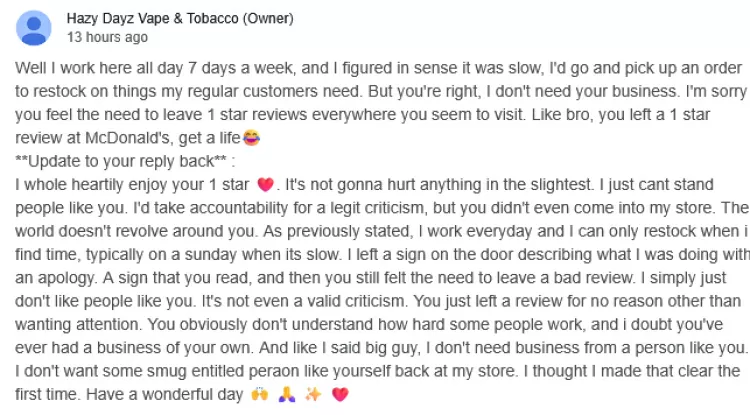Unraveling the World of Software Pirates: A Comprehensive Look
In the digital age, software has become an integral part of our daily lives. It powers everything from our smartphones and laptops to industrial machinery and medical equipment.

However, the widespread accessibility of software has also given rise to a shadowy world of software piracy. This comprehensive blog post delves into the complex realm of software piracy, exploring what it is, its impact on the software industry, legal aspects, and potential solutions.
Section 1: What is Software Piracy?
1.1 Definition Software piracy refers to the unauthorized copying, distribution, or use of software without proper licensing or permission from the copyright owner. It encompasses a variety of illicit activities, including but not limited to:
- Cracking: Removing copy protection and licensing mechanisms.
- Keygen: Generating fake license keys to bypass activation.
- Torrenting: Sharing software files via peer-to-peer networks.
- Counterfeiting: Replicating physical copies of software.
- Online distribution: Sharing software on websites or forums without permission.
- Reselling: Selling unauthorized copies of software.
1.2 Types of Software Piracy Software piracy can be categorized into the following types:
- End-User Piracy: Occurs when individuals or organizations use unlicensed software for personal or business purposes.
- Internet Piracy: Involves distributing or downloading pirated software over the internet.
- Corporate Piracy: Refers to unauthorized software use within business environments.
- Reseller Piracy: Unauthorized distributors or resellers sell counterfeit software.
Section 2: The Impact of Software Piracy
2.1 Economic Impact Software piracy has far-reaching economic consequences, including:
- Revenue Loss: Software developers and companies lose substantial revenue due to unauthorized distribution and usage.
- Job Loss: Reduced sales can lead to job cuts and downsizing within the software industry.
- Inhibition of Innovation: Financial setbacks can stifle research and development, limiting innovation.
- Increased Costs: Developers invest in security measures to combat piracy, increasing overall software costs.
2.2 Security Risks Pirated software can pose significant security risks, including:
- Malware Distribution: Many pirated software versions come bundled with malware that can infect users' systems.
- Lack of Updates: Users of pirated software miss out on crucial security updates, leaving them vulnerable to known vulnerabilities.
- Data Breaches: Pirated software can expose users' sensitive data to cybercriminals.
Section 3: Legal Aspects of Software Piracy
3.1 Copyright Laws Software piracy is illegal under various national and international copyright laws. Violators can face severe penalties, including fines and imprisonment.
3.2 Digital Millennium Copyright Act (DMCA) The DMCA provides copyright holders with legal tools to combat software piracy. It allows them to send takedown notices to internet service providers and file lawsuits against infringing parties.
3.3 Intellectual Property Rights Software is considered intellectual property, and copyright holders have exclusive rights to its use and distribution. Courts have ruled in favor of copyright holders in many high-profile software piracy cases.
Section 4: Combating Software Piracy
4.1 Digital Rights Management (DRM) DRM technology is used to protect software from unauthorized copying and distribution. While effective to some extent, it can be a controversial and consumer-unfriendly method.
4.2 Education and Awareness Educating users about the risks and consequences of software piracy is crucial. Many people inadvertently engage in piracy due to a lack of knowledge.
4.3 Legal Enforcement Governments and law enforcement agencies around the world are stepping up efforts to combat software piracy. They often collaborate with software companies to identify and prosecute infringers.
4.4 Alternative Licensing Models Developers are exploring alternative licensing models, such as subscription-based services and freemium products, to reduce the appeal of pirated software.
Section 5: Causes and Motivations Behind Software Piracy
5.1 Economic Factors
- High Software Costs: One of the primary reasons individuals and organizations turn to pirated software is the often steep price of legitimate licenses.
- Regional Disparities: Disparities in software pricing between different regions can incentivize users to seek cheaper, unauthorized alternatives.
- Limited Access: In some cases, users in regions with restricted access to software may resort to piracy as their only option.
5.2 Cultural Factors
- Attitudes Toward Copyright: Cultural norms surrounding copyright and intellectual property rights can vary widely. Some societies may have more permissive attitudes towards software piracy.
- Perception of Corporations: Negative perceptions of software corporations, particularly among younger generations, can contribute to the acceptance of pirated software.
5.3 Lack of Awareness
- Many users may not fully understand the implications of software piracy. They may not be aware of the legal and security risks associated with pirated software.
Section 6: Ethical Considerations
6.1 Moral Dilemmas
- Some individuals justify software piracy as a form of civil disobedience, believing that the high cost of software and restrictive licensing models are unjust.
- Conversely, others argue that software developers invest time and resources into creating their products and deserve fair compensation.
6.2 Environmental Impact
- The proliferation of pirated software can have unintended environmental consequences. Users may choose to download or share large software files, contributing to increased energy consumption and carbon emissions.
Section 7: Emerging Challenges
7.1 Cloud-Based Software
- The rise of cloud-based software and subscription models has introduced new challenges for both software developers and pirates. Subscription-based software can be harder to pirate, but it can also present obstacles to consumers who may prefer one-time purchases.
7.2 Mobile App Piracy
- The proliferation of mobile devices and app stores has led to the growth of mobile app piracy, with cracked or modified versions of mobile apps becoming widely available.
7.3 Dark Web and Cryptocurrencies
- The dark web provides a platform for the sale and distribution of pirated software, often using cryptocurrencies for transactions. This makes tracking and prosecuting offenders more difficult.
Section 8: Strategies for Combating Software Piracy
8.1 Incentives for Compliance
- Offering incentives for users to switch to legitimate software, such as discounts, extended support, or additional features, can encourage compliance.
8.2 Collaboration with ISPs
- Working closely with internet service providers to block access to known pirated software sources and monitor illegal downloads can deter piracy.
8.3 Strengthening International Copyright Enforcement
- Global collaboration and stronger international copyright enforcement efforts can help curb cross-border piracy.
8.4 Open Source Software
- The promotion of open-source software and collaborative development models can provide alternatives to proprietary software, reducing the motivation for piracy.
Conclusion
The issue of software piracy is deeply complex, influenced by economic, cultural, and ethical factors. It poses ongoing challenges to the software industry and raises questions about the appropriate measures for combating it. As technology continues to evolve, so too will the methods and motivations behind software piracy, necessitating adaptable strategies and a global effort to protect intellectual property, support innovation, and safeguard users from the risks associated with pirated software. Promoting ethical awareness, responsible software development, and accessible licensing options will play a vital role in addressing this multifaceted issue in the years to come.
What's Your Reaction?


















